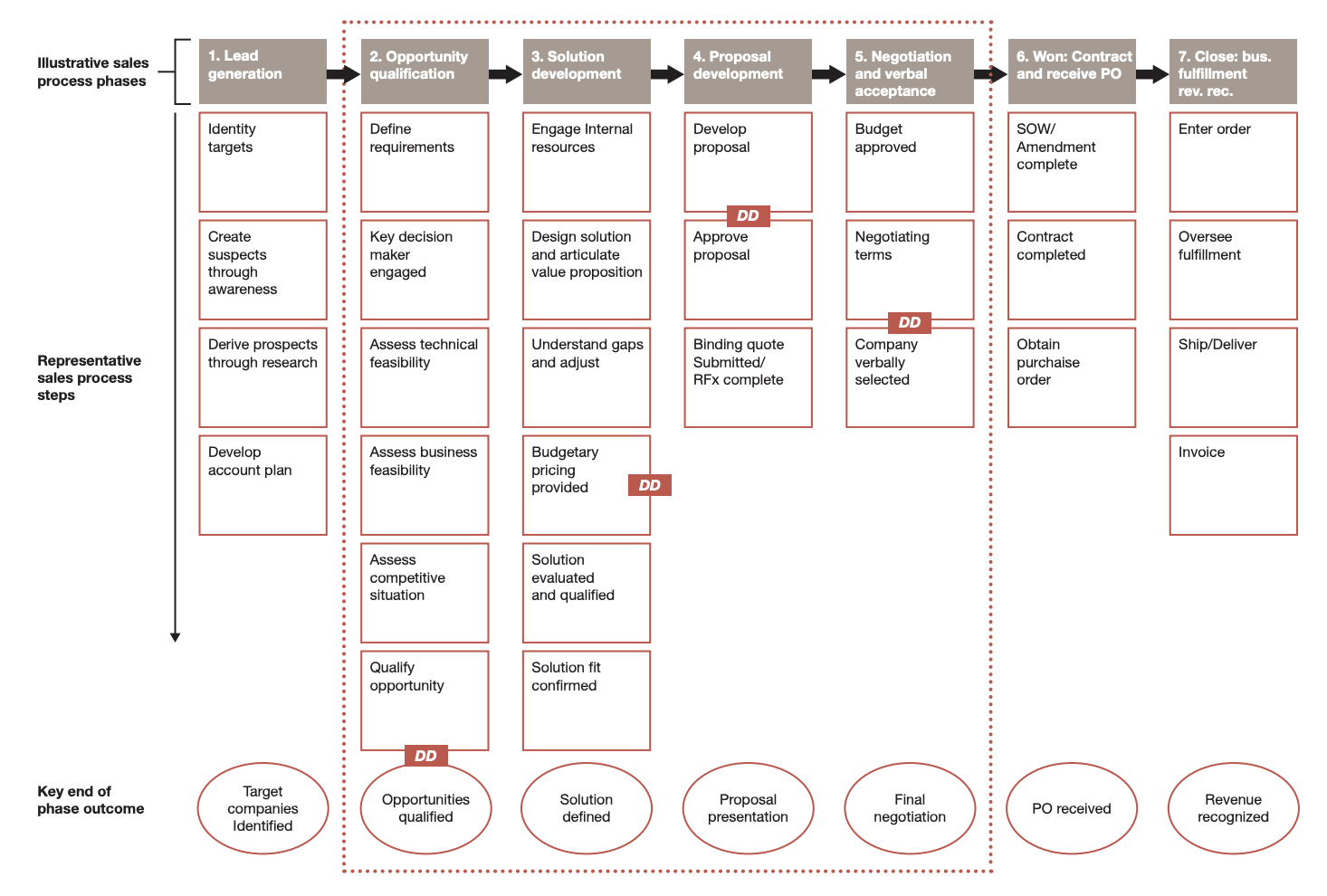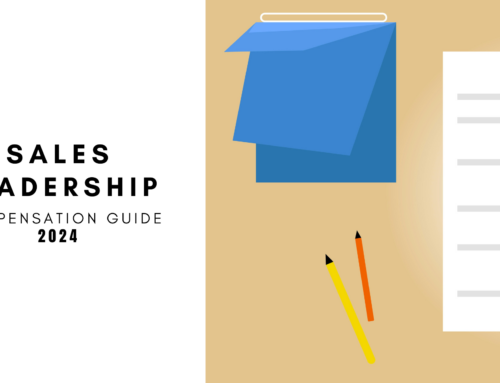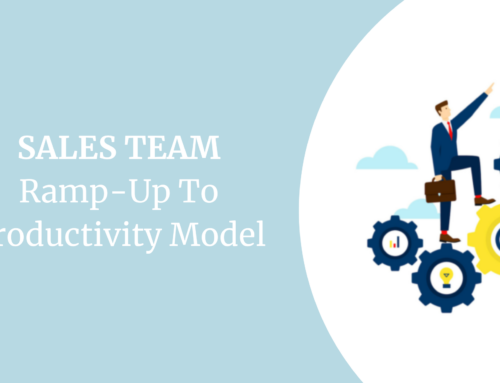Table of contents
You’ve successfully reached product-market fit, bolstered your deal processing capacity by expanding your sales team with additional sellers, and everything appears to be on the upswing. However, the tide turns when the influx of new opportunities from your expanded team overwhelms your legal department. The growing number of deals undergoing legal review now constitutes a significant portion of your projected revenue. Contracting and legal processes emerge as a substantial bottleneck, hindering the rapid growth you had envisioned. Does this scenario sound familiar?
In this article, we’ll explore the “Deal Desk.” Deal Desks serve as the core of your revenue operations, acting as central hubs that connect various cross-functional teams dedicated to supporting sales and your customers. A deal desk is a centralized team within your company that is responsible for reviewing and approving complex or non-standard deals. Successful deal desks involve all relevant revenue stakeholders including sales, finance, product, legal, success, and others.
The purpose of a deal desk is to ensure that sales team is closing deals that are structured in a way that is consistent with the company’s strategy, risk appetite, and financial objectives, while also meeting the needs of the customer. Deal desks are common in organizations with complex sales processes.
An analysis of revenue operations at over over twenty established technology companies found some very interesting statistics:
- 70% of established enterprise SaaS companies have implemented a deal desk
- Companies are hiring one Revenue Operations (Rev Ops) hire for every eight Sales and Marketing hires.
- Companies targeting enterprise clients exhibit a 50% higher emphasis on Sales Operations compared to those targeting SMBs.
How do you know if you need a Deal Desk?
You’ll know its time to implement a Deal Desk if you have a highly complex sales process, a large number of deals you are managing, and a high level of cross-functional coordination required to close those deals. Here are a few factors to consider when deciding whether to implement a deal desk for your company:
Complexity of deals
If your company is involved in complex or non-standard deals that require specialized knowledge and expertise from multiple departments, a deal desk can help to streamline the deal process and ensure that all relevant stakeholders are involved.
Volume of deals
If your company is handling a large volume of deals, it may be difficult for sales and other teams to effectively manage the review and approval process for each deal. A deal desk can help to ensure that deals are processed efficiently and effectively, allowing your teams to focus on other critical tasks.
Compliance requirements
If your company operates in a highly regulated industry, such as healthcare or finance, a deal desk can help to ensure that deals comply with relevant regulations and policies.
Revenue impact
If your company’s revenue is highly dependent on deal structures, a deal desk can help to ensure that deals are structured in a way that maximizes revenue while also mitigating risks.
Customer needs
If your customers require customized deal structures or pricing models, a deal desk can help to ensure that their needs are met while also aligning with your company’s financial objectives.
If any of these factors apply to your company, it may be worth considering the implementation of a Deal Desk. Learn how Harper James can help.
How to implement a Deal Desk
Implementing a deal desk at your company involves a structured approach to ensure its effectiveness in streamlining processes and supporting sales. Here’s a step-by-step guide:
Assess Current Processes
Start by mapping out existing workflows, visually representing the steps from deal initiation to closure while identifying the teams and individuals involved. Gather feedback from key stakeholders, conducting interviews to pinpoint pain points and areas for improvement.
- Review documentation, including contracts and approval forms, to identify bottlenecks or inconsistencies.
- Evaluate the timeframes for deal progression, identifying any notable delays or common obstacles. Understand the decision-making criteria at each stage and ensure compliance with legal and regulatory requirements.
- Define key metrics to measure efficiency, such as deal cycle time and approval rates, and benchmark against industry best practices.
- Assess the utilization of technology tools for deal management, and conduct a SWOT analysis to understand internal and external factors influencing current processes.
Document all findings comprehensively, creating a baseline for the design and implementation of improvements through the Deal Desk Initiative. This thorough assessment ensures a solid understanding of the strengths and weaknesses of existing workflows, paving the way for a more effective and streamlined deal management system.
Define Objectives
Defining objectives for a deal desk involves aligning its purpose with overarching business strategies and goals. Begin by understanding key performance indicators (KPIs) and metrics critical to the organization, such as revenue targets and customer satisfaction. Collaborate closely with the sales team to incorporate their specific objectives, emphasizing the deal desk’s role in supporting and enhancing the sales process.
Objectives should focus on improving deal velocity, optimizing resource utilization, ensuring compliance, and mitigating risks. Additionally, consider scalability objectives to accommodate business growth effectively. Foster cross-functional collaboration by setting goals that encourage effective communication among various teams connected to the deal desk.
Enhancing customer experience can be another objective, ensuring a positive and seamless process for customers. Incorporate measurable and time-bound objectives, allowing for clear tracking of progress and continuous improvement. Ultimately, the deal desk’s objectives should contribute to the organization’s success, aligning with its broader strategy and evolving over time to meet changing business needs.
Build Cross-Functional Teams
Building an effective cross-functional team for a deal desk involves carefully selecting individuals from key functions such as sales, legal, finance, and product. Clearly define the roles and responsibilities of each team member, ensuring decision-makers with the authority to approve deals are included. Encourage open communication to foster a collaborative environment, and promote a customer-centric approach by including representatives who understand customer needs. Consider geographic and cultural diversity, especially if your company operates in multiple regions, to gain insights into regional nuances.
Provide cross-training opportunities to enhance team members’ understanding of each other’s roles and establish regular team meetings for ongoing discussions about deals, updates, and challenges. Empower team members to make decisions within their areas of expertise, promoting decentralization of decision-making. Ensure access to necessary tools and resources, such as CRM systems and legal databases, and maintain a results-oriented culture measured by key performance indicators (KPIs) and the achievement of strategic objectives.
Establish Standard Operating Procedures (SOPs)
Establishing Standard Operating Procedures (SOPs) for a deal desk involves a systematic approach to guide the entire deal management process. Begin by defining the objectives and breaking down the process into key stages. Clearly document roles and responsibilities, specifying the criteria for evaluating, approving, and rejecting deals. Develop a structured deal review framework with defined checkpoints and escalation procedures for increased scrutiny when necessary.
Integrate compliance and legal guidelines, specifying approval authorities based on deal size or complexity. Define the deal lifecycle stages, including initiation, negotiation, approval, and closure. Establish document management protocols for organized and accessible files, along with communication procedures for both internal and external stakeholders. Develop training materials and onboarding processes to ensure team members understand and adhere to the SOPs.
Incorporate mechanisms for continuous improvement, such as feedback loops and regular reviews, and update SOPs to reflect changes in processes or organizational needs. This comprehensive approach ensures that the SOPs serve as a dynamic and effective framework for successful deal management within the deal desk.
Select Technology Tools
Choose technology tools that can support deal desk functions, such as deal tracking, document management, and communication. CRM (Customer Relationship Management) systems and project management tools can be valuable. See the section below about Deal Desk technology.
Training and Communication
Effectively training and communicating with sales teams interacting with a deal desk involves a multifaceted approach. Begin by developing comprehensive training materials covering the entire deal management process, utilizing real-life scenarios and interactive workshops. Incorporate online learning platforms for self-paced training, ensuring flexibility for team members.
Tailor training programs to specific roles within the sales team, incorporating simulations and role-playing exercises for hands-on experience. Provide regular updates to training materials to reflect changes in processes or deal desk SOPs. Establish clear communication channels through team meetings, email updates, and messaging platforms. Facilitate collaborative meetings between sales teams and deal desk representatives to encourage open communication and address concerns directly.
Implement feedback loops for insights from sales teams, using this information to refine training programs and deal processes. Create a centralized documentation hub for easy access to relevant resources. Encourage peer-to-peer learning and recognize successful deal management to motivate teams. Foster a culture of continuous improvement, allowing for the evolution of training programs based on emerging needs.
Create a Deal Review Framework
Creating a Deal Review Framework for a deal desk involves a systematic approach to evaluating and approving deals. Start by breaking down the deal lifecycle into stages, defining specific criteria for each stage, and establishing a scoring system to quantitatively assess deals. Identify key decision points and approval tiers based on deal size, complexity, and potential impact. Incorporate risk assessments, legal and compliance checks, and documentation requirements at relevant stages.
Implement escalation procedures for deals that require additional scrutiny and schedule regular cross-functional deal review meetings to discuss and decide on deals collaboratively. Document feedback and decisions during these meetings for record-keeping and transparency. Build in mechanisms for continuous improvement, gathering feedback from team members and updating the framework as needed. Develop training programs to ensure team members understand the framework, and regularly review and update it to align with changes in business strategies or organizational goals.
Implement Escalation Procedures
Implementing escalation procedures for a deal desk involves establishing clear triggers, criteria, and authorities for escalating deals to higher levels of management or specialized teams. Define specific triggers, such as deal size or complexity, that warrant escalation, and set criteria for each escalation level to ensure consistent decision-making. Clearly identify the individuals or teams with the authority to make decisions at each escalation level, which may include higher-level management or specialized experts.
Document step-by-step escalation procedures, communicate them to relevant stakeholders, and integrate escalation discussions into regular deal review meetings. Establish timelines for responding to escalations to maintain efficiency, and implement a tracking system to monitor and document all escalations. Regularly review the effectiveness of the escalation procedures, gather feedback for improvement, and provide training on escalation protocols during team onboarding.
Monitor and Optimize
Monitoring and optimizing a deal desk involves a systematic approach to performance evaluation and continuous improvement. Start by defining KPIs aligned with deal desk objectives and implementing tracking systems to gather relevant data. Conduct regular performance reviews, gathering feedback from stakeholders and performing root cause analysis for identified challenges.
Benchmark the deal desk against industry standards and identify optimization opportunities, such as refining deal criteria or streamlining processes.
Iterate and Improve
Based on feedback and performance data, iterate and make improvements to the deal desk processes. Continuously optimize for better efficiency and effectiveness.
Review and Adjust
Periodically review and adjust the deal desk strategy in response to changes in the business environment, market conditions, or organizational structure. Remember, the success of a deal desk depends on ongoing commitment, collaboration, and adaptability. Regularly revisit and refine your processes to ensure they remain aligned with your company’s evolving needs and objectives.
The technology needed to support a deal desk?
Creating an efficient deal desk involves leveraging a suite of technologies tailored to streamline deal management and foster collaboration. A Customer Relationship Management (CRM) system serves as a central hub for customer and deal information, while deal tracking software provides visibility into deal pipelines and metrics. Document management systems organize and secure critical deal-related files, and communication tools facilitate real-time collaboration among cross-functional teams.
Workflow automation tools expedite routine processes, and e-signature solutions accelerate contract approvals. Data analytics and reporting tools offer insights into deal performance, aiding data-driven decision-making. Integrating artificial intelligence (AI) and machine learning (ML) enhances predictive analytics for improved forecasting accuracy. Robust security solutions safeguard sensitive information, and integration with financial systems ensures seamless financial tracking.
Mobile applications enable on-the-go access to deal information, fostering flexibility, while training and onboarding platforms support team education on deal desk processes. Regularly assessing and updating the technology stack ensures alignment with evolving industry standards and emerging innovations. By strategically employing these technologies, organizations can establish a dynamic and efficient deal desk capable of meeting the demands of complex deal management processes.
Deal Desk involvement across the sales cycle
Throughout sales process stages 1 to 5, the deal desk plays a crucial role in advancing opportunities. In the Opportunity Qualification stage, the deal desk may route for the review of prospect information security and procurement requirements to assess deal qualification. In the Solution Development stage, the deal desk aids in determining budgetary pricing and collaborates with the seller to ensure compatibility. Progressing to the Proposal Development stage, the deal desk supports the creation, approval, and distribution of pricing proposals. The final sales stage involving the deal desk is Negotiation and Verbal Acceptance, where it assists the seller in negotiations, legal and security reviews, and adjusts proposals and contracts as needed. After contract signature, the deal desk’s involvement diminishes as other cross-functional teams take over.
Next steps
Effectively leverage the expertise of Harper James to create a deal desk that aligns with your strategic objectives, to enhance operational efficiency, and contribute to overall business success. Contact us to learn more.















